Busting 8 Common Auto Collision Repair Myths
Auto collision repair is often surrounded by misconceptions, leading to confusion and misunderstandings for car owners. According to reporting by USA Today, 2022 saw an average of 117 fatal car accidents per day in the United States. Therefore, it is more crucial than ever to have accurate information concerning necessary vehicle repairs. Misinformation can lead to unsafe vehicles, unnecessary expenses, and stress, which we aim to prevent. Let's debunk some of the most common myths about auto collisions to provide clarity and accurate information on the subject.
Myth 1: Only the Dealership Can Perform Proper Repairs
Many car owners believe that dealerships have specialized knowledge and tools exclusive to them. This perception is largely due to dealerships having direct ties with car manufacturers. While it’s true that dealerships have access to specific information and parts, this does not translate to dealerships being the only qualified entities to perform repairs on damage caused by auto collisions. Independent repair shops often have highly trained technicians capable of conducting a wide range of repairs. Independent shops also have access to authentic parts and employ certified technicians. These experts undergo rigorous training to ensure that they can work on a variety of brands and models, making them equally competent.
Independent repair shops also often offer services that are on par with, or sometimes even exceed, those of dealerships. These shops have the freedom to use a wide range of tools and techniques not limited by dealership guidelines. Many independent shops build their reputation on the quality and reliability of their repairs, incentivizing them to maintain high standards.
Myth 2: You Must Use the Insurance-Recommended Shop
Insurance companies often recommend certain repair shops for service after auto collisions, creating the impression that you must use their suggested options. While these shops can offer convenience, you are not legally obligated to use them. Insurance companies may push for their preferred shops because they have previously negotiated rates and protocols in place. This arrangement can streamline the claims process, making it easier for the insurance companies to manage expenses and timelines. However, convenience for the insurance company does not always equate to the best service for the car owner.
It’s important to understand that you have the right to choose your repair shop after auto collisions, regardless of your insurance company's recommendations. This flexibility allows you to select a shop based on factors like quality, reputation, and personal preference. Given the frequency of car accidents, having the freedom to choose ensures better satisfaction and trust in the repair process.
Myth 3: Color Matching is Impossible
Improvements in paint technology have significantly advanced the ability to achieve precise color matching during repairs after auto collisions. Modern paint systems use advanced technology to analyze and recreate the exact shade and hue of your vehicle’s original paint. This technology enables technicians to seamlessly blend new paint with the existing color, delivering visually flawless results.
Thanks to these innovations, skilled technicians can now offer repairs that restore your vehicle to its original condition. This may address a common concern among car owners worried about noticeable paint discrepancies post-repair. Accurate color matching is essential, given the role of aesthetics in a vehicle's value, especially post-accident.
Myth 4: Aftermarket Parts Are Lower Quality
Aftermarket parts are components made by companies other than the original vehicle manufacturer. These parts offer an alternative to Original Equipment Manufacturer (OEM) parts, providing various options in terms of price and quality. Despite common misconceptions, aftermarket parts can meet or even exceed the standards of OEM parts.
These parts undergo stringent testing to ensure they meet industry standards for safety and performance. Regulatory bodies and independent organizations often certify aftermarket parts, adding even more assurance. Thus, the notion that all aftermarket parts are inherently inferior is a misrepresentation.
Choosing aftermarket parts allows for greater flexibility and customization in repairs. With a broad range of options available, you can find parts that best fit your needs and budget. This flexibility is particularly beneficial in the context of frequent auto collisions requiring timely and effective repairs.
In some cases, aftermarket parts even provide performance enhancements that OEM parts do not. Thorough research and reputable suppliers are key to finding high-quality aftermarket parts. Given the automotive industry's reliance on replacement components, understanding these options can significantly impact repair decisions.
Myth 5: Frame Damage is Irreparable
Another common misconception about repair for auto collisions is that once a vehicle's frame is damaged, it is beyond repair. However, modern collision repair techniques and equipment allow for the effective repair of frame damage. Specialized tools such as can restore the structural integrity of a damaged frame to manufacturer specifications. Depending on the severity of the damage, technicians can repair or replace sections of the frame, ensuring that your car remains safe to drive. While severe damage may sometimes require more extensive repairs, it is incorrect to assume that frame damage automatically results in a totaled vehicle.
Myth 6: Auto Collision Repair Takes Too Long
Another common belief is that auto collision repairs will leave you without a vehicle for an extended period. While it's true that complex repairs can take time, modern repair facilities are equipped with advanced tools and technology to streamline the repair process. The time required for repairs depends on the extent of the damage and the availability of replacement parts, but repair shops are often able to complete work more quickly than anticipated.
Myth 7: All Repairs are Covered by Insurance
It's easy to assume that auto insurance will cover all repairs after auto collisions, but this isn't always the case. Your level of coverage depends on the type of policy you have. For example, comprehensive and collision coverage may handle specific types of damage, while liability insurance covers damage to other vehicles or property but not your own. It's important to review your policy and understand your coverage limits to avoid unexpected out-of-pocket expenses. Additionally, some repairs, like cosmetic enhancements or upgrades, may not be covered at all. Knowing what your insurance covers can help you make informed decisions about your vehicle’s repair needs.
Myth 8: Older Cars Aren’t Worth Repairing
Many people believe that older vehicles aren't worth the investment when it comes to collision repairs, thinking that the cost of repairs will outweigh the vehicle's value. However, this isn't always true. Depending on the make, model, and condition of the car, it may still be more cost-effective to repair the damage than to buy a new vehicle. Additionally, some older cars, especially classic or collector models, can maintain or even increase in value over time with proper care. Repairing an older car can extend its lifespan and preserve its value, especially if the damage is not extensive. Always weigh the repair costs against the car's overall value and consider getting multiple quotes before making a final decision.
Understanding the truth behind common misconceptions about repairs after auto collisions is crucial for car owners. From the belief that only dealerships can provide quality repairs to concerns about color matching and frame damage, these myths often lead to unnecessary stress and confusion. By recognizing your rights, such as choosing your repair shop and understanding insurance coverage limitations, you can make more informed decisions about your vehicle's post-accident care. Skilled technicians at City Side Auto Body can restore your vehicle's safety and appearance, giving you peace of mind after auto collisions. You can give us a call today to request a free estimate!

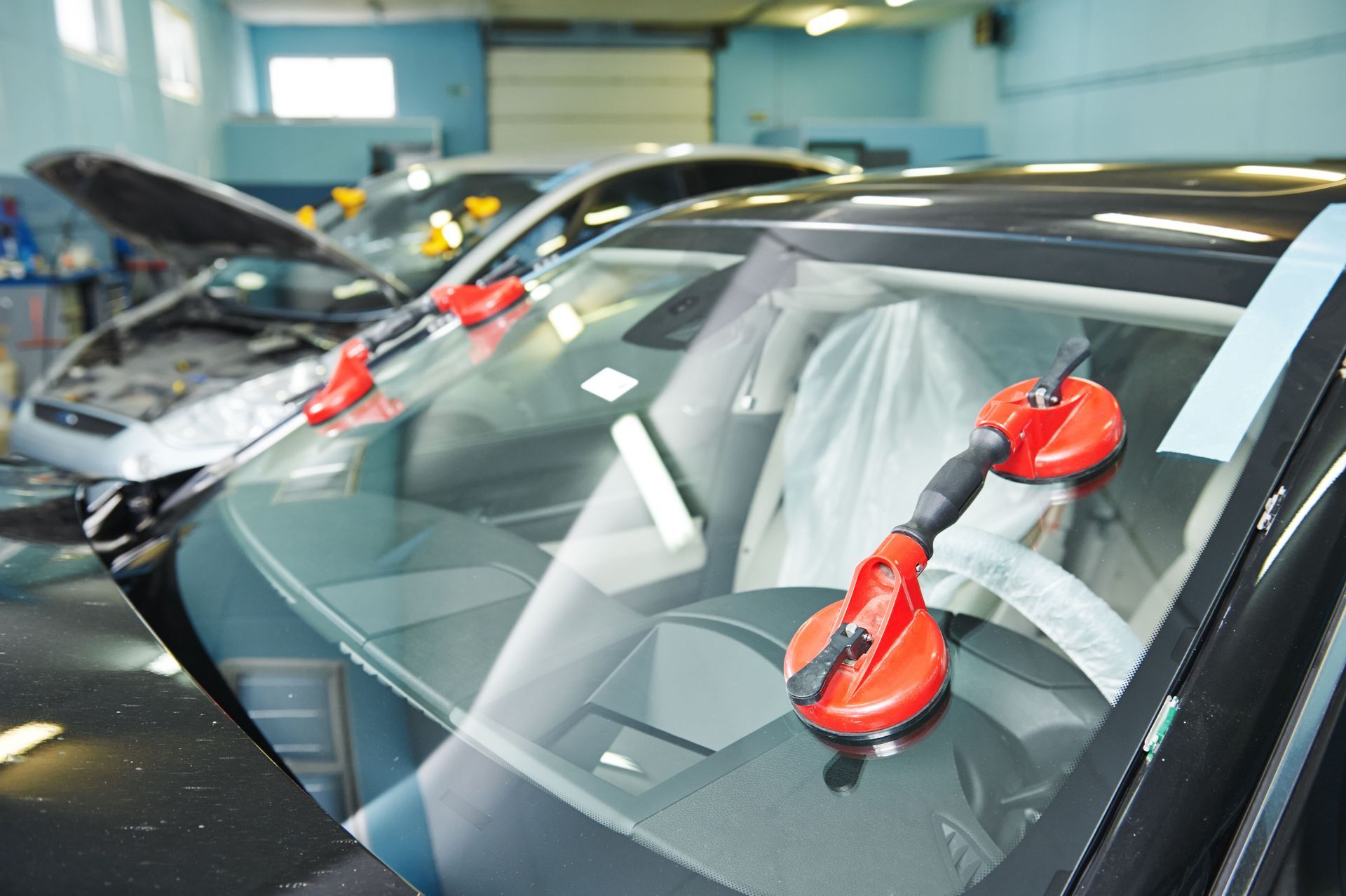
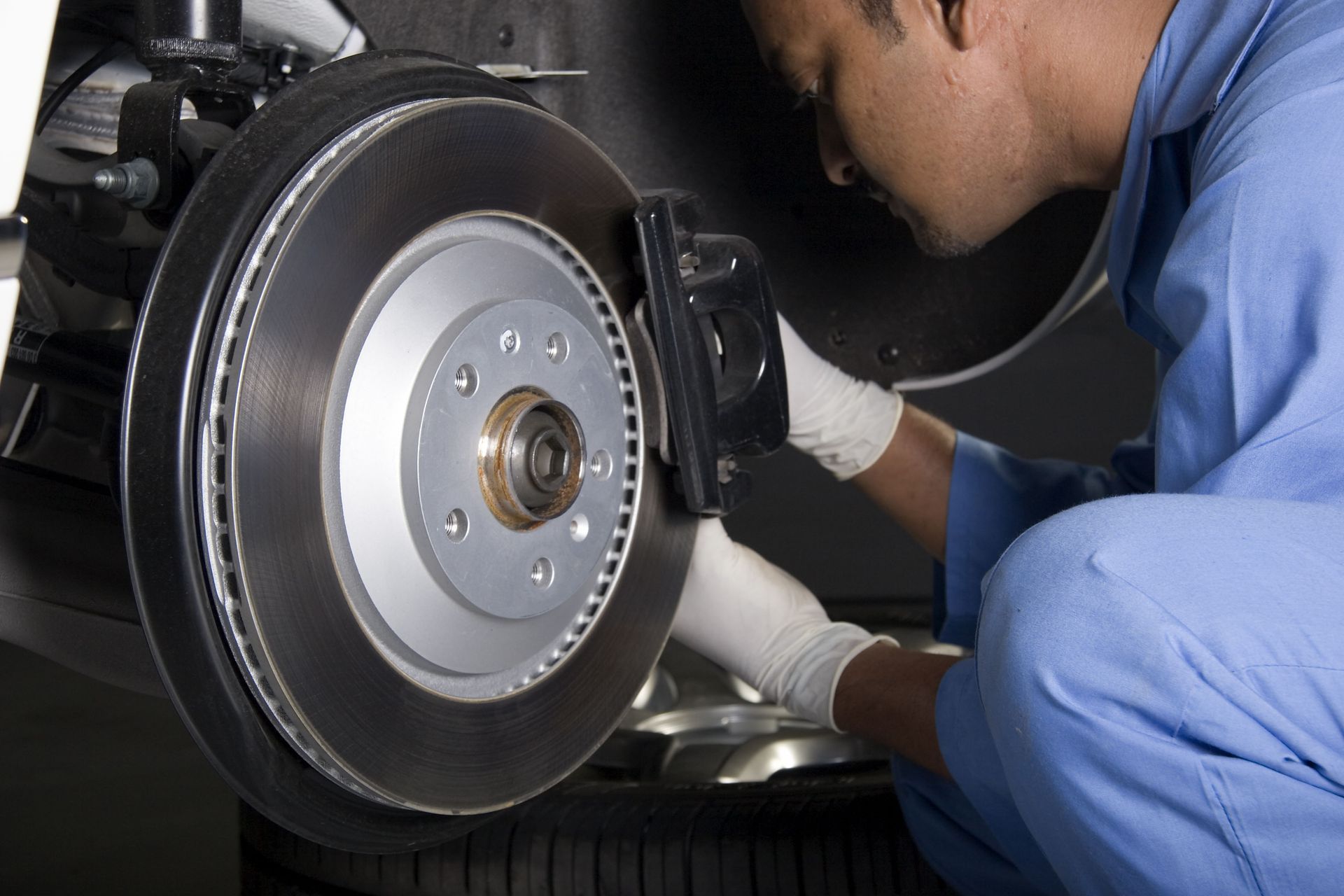
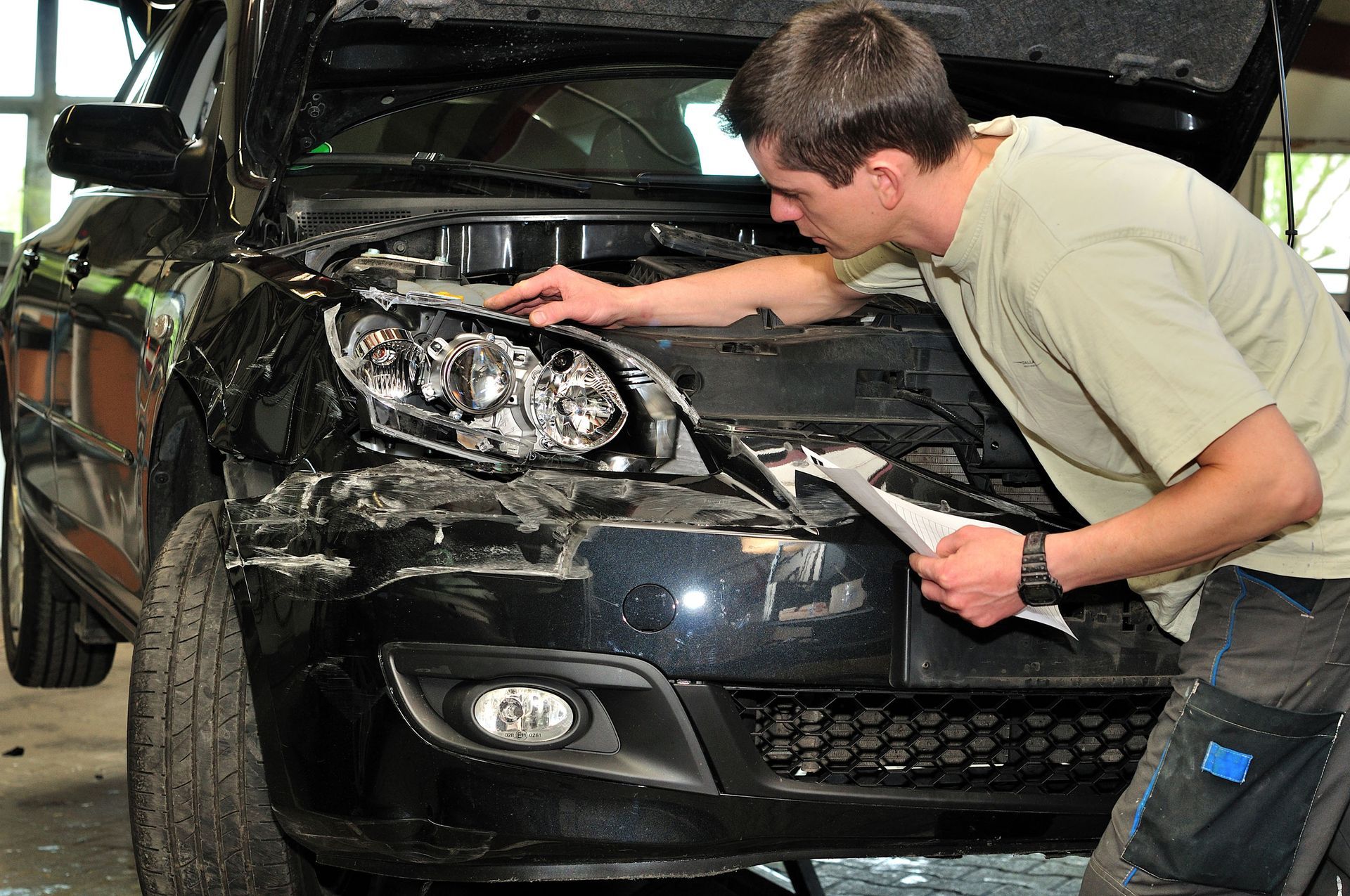

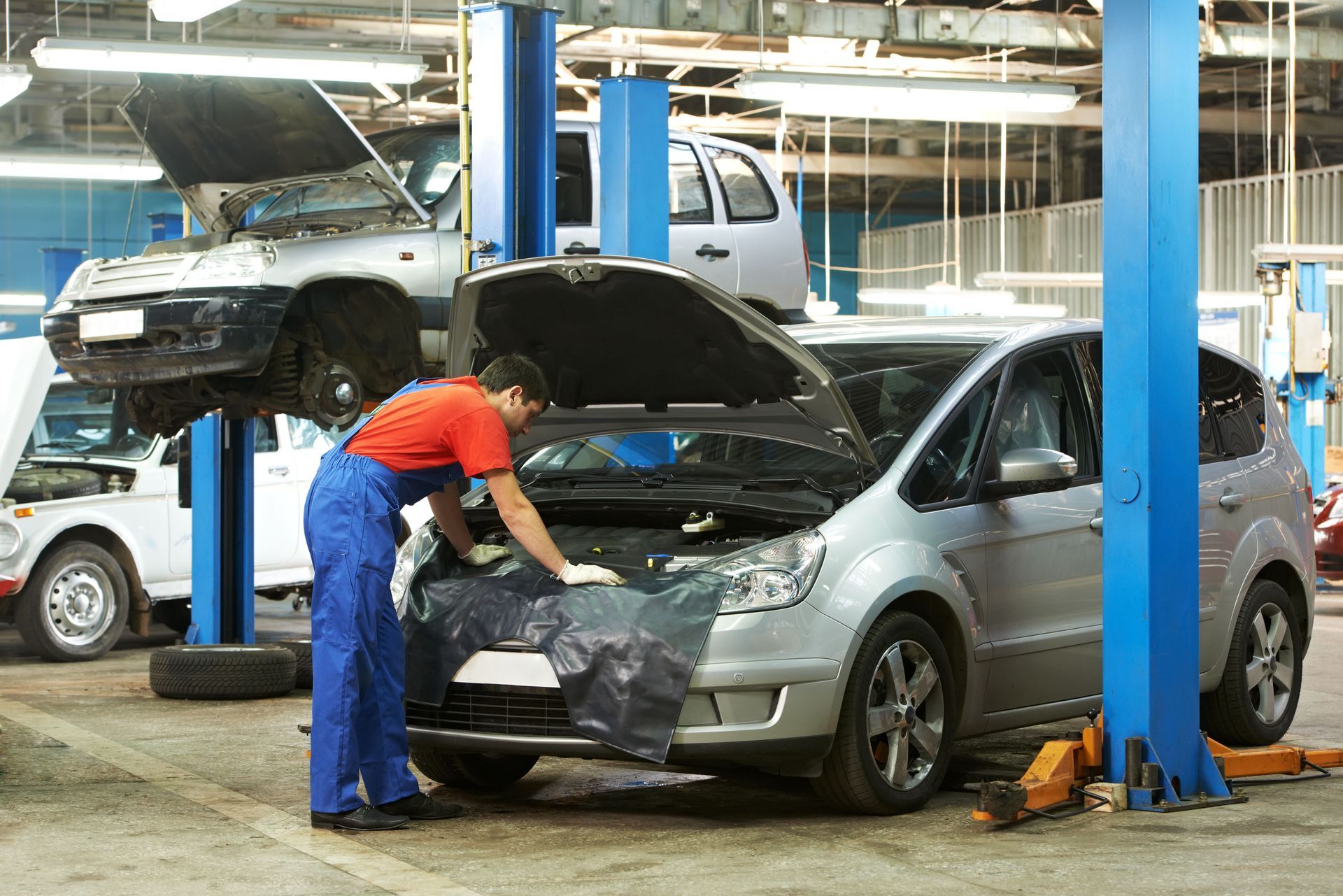
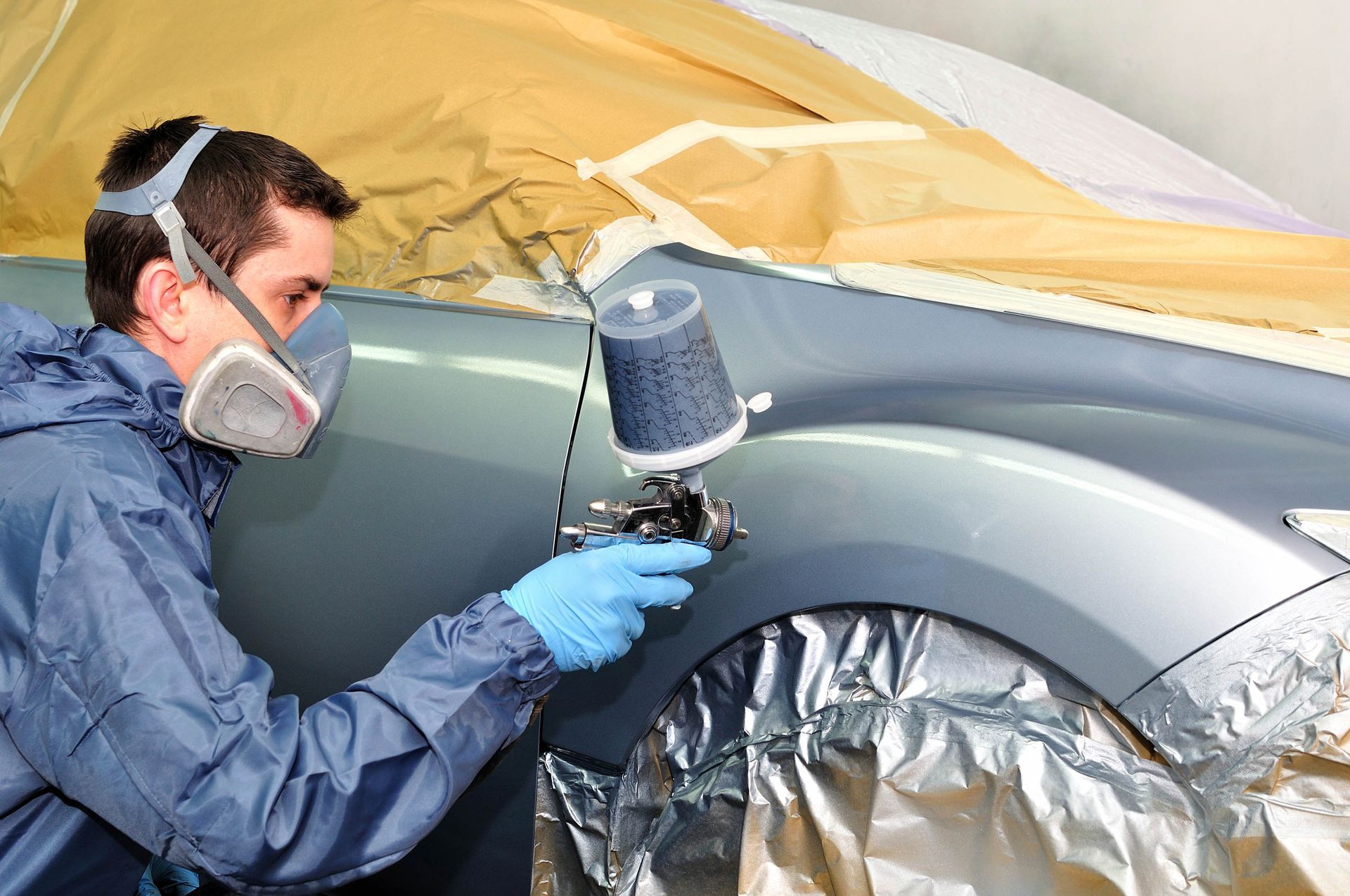
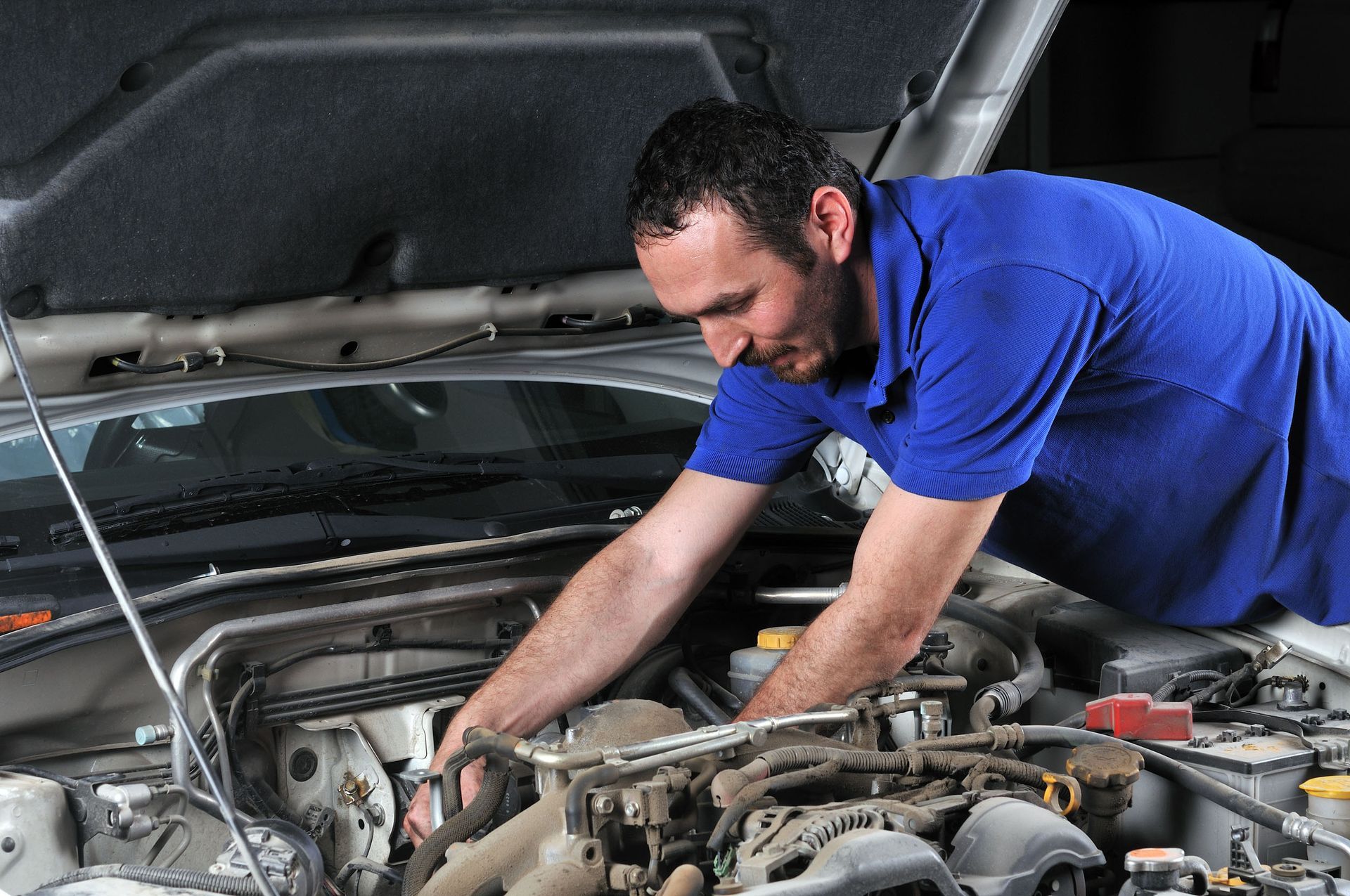
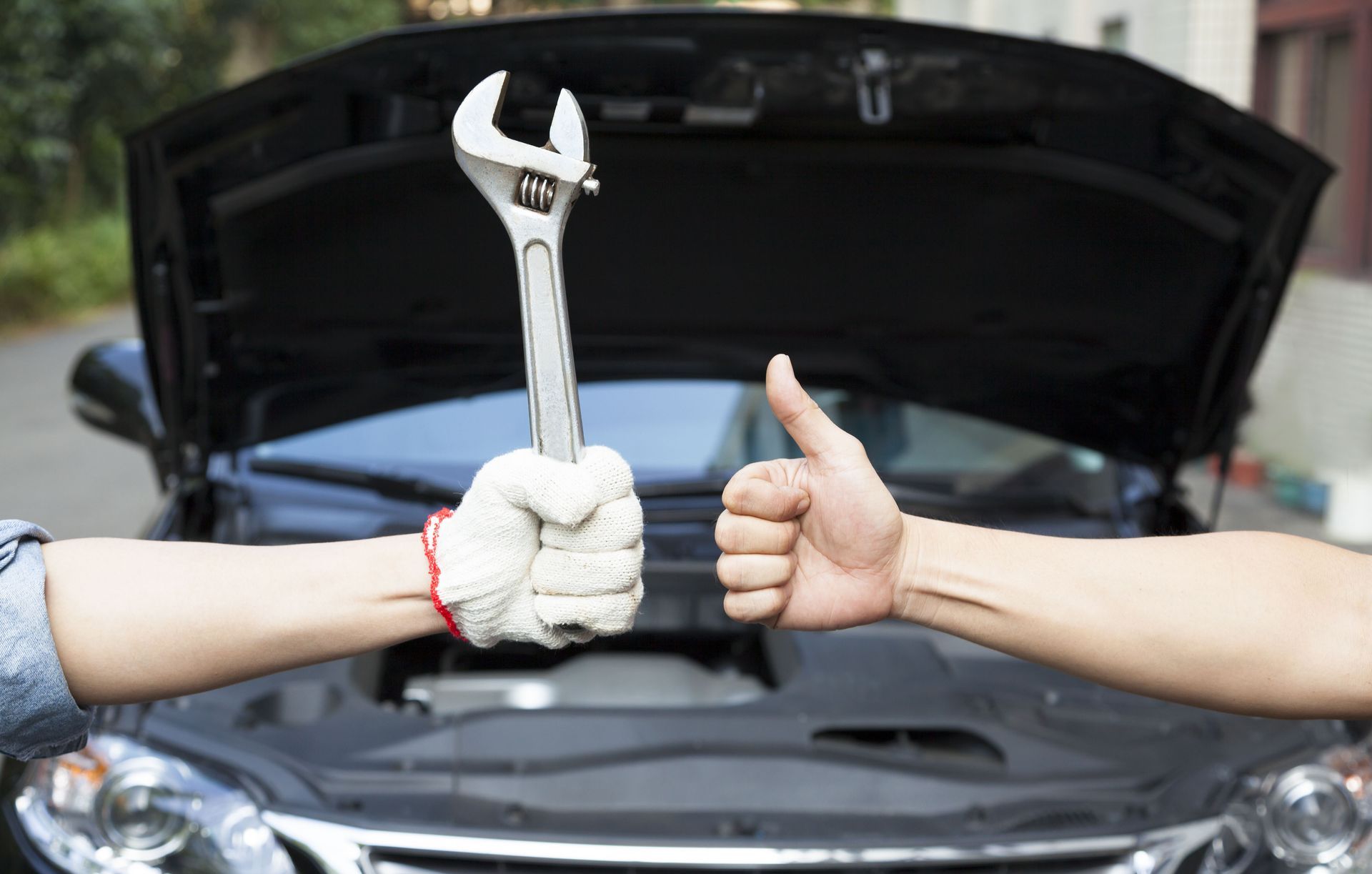
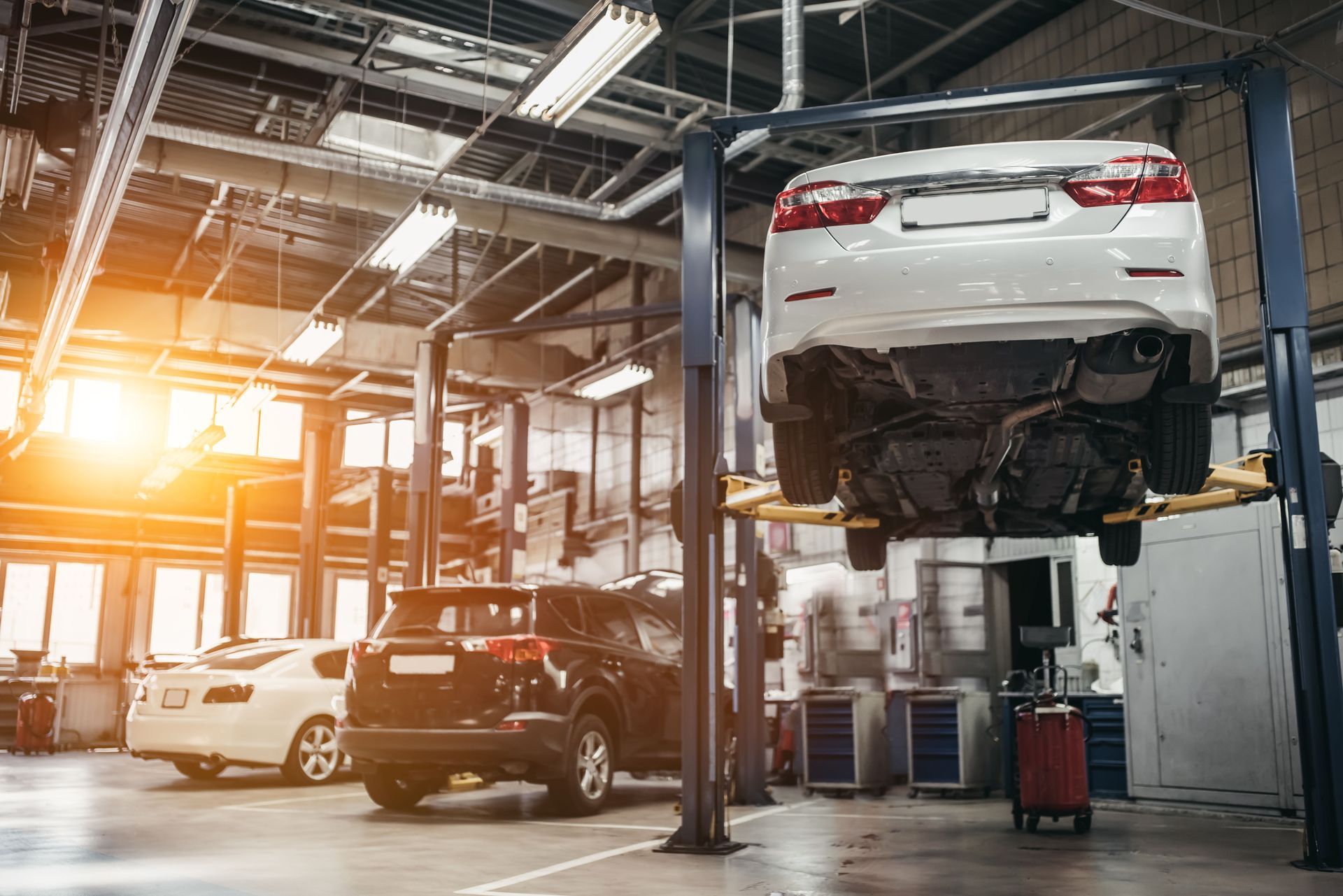

Share On: